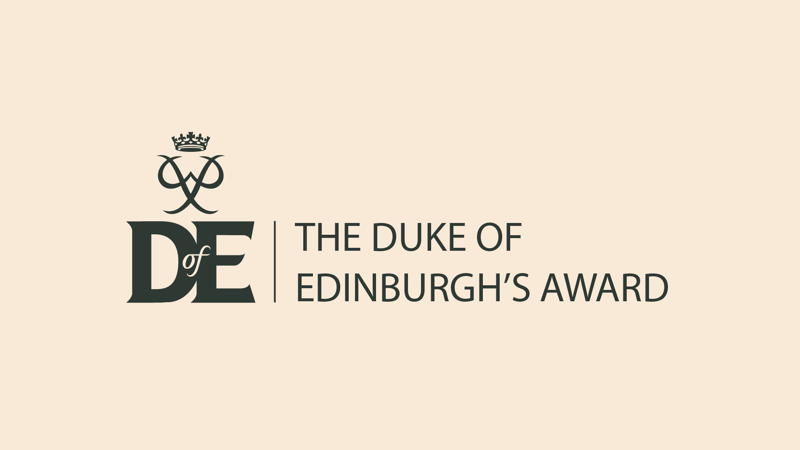
Introduction to the Duke of Edinburgh’s Award
You’ll need
- Access to a computer or other device
- Access to a projector and screen (optional)
Before you begin
- Use the safety checklist to help you plan and risk assess your activity. Additional help to carry out your risk assessment, including examples can be found here. Don’t forget to make sure all young people and adults involved in the activity know how to take part safely.
- Have a look at all the links in this activity and bring them up on your computer screen to look at during the activity. There should webpages about the award and the badges.
- If you are using a projector and screen, set this up at one end of your meeting place.
To watch in full screen, double click the video
Discover more
- Ask everyone to sit in a group or close to the projector screen if you are using one.
- Play the video above to help explain and show what is involved in the award.
- Briefly go through what the Duke of Edinburgh’s Award is.
You could read this description out, which is written on the Duke of Edinburgh’s Award page, or bring up the page on the computer for everyone to look at. “The Duke of Edinburgh’s Award (DofE) is an awards programme which gives young people the chance to make friends, have fun and build confidence in an empowering, exciting and non-competitive learning environment. There are three levels a young person can achieve, Bronze, Silver and Gold.”
- Have a quick look over the three levels and the requirements to achieve them.
You could bring up The Awards and Requirements page for more information on your computer.
- Explain to everyone that this scheme will help them develop skills for life, such as communication, planning, resilience and teamwork. The experiences will also help them work towards their top awards, such as the Young Leaders’ Scheme, the Chief Scout Award and the King's Scout Award.
There is more information on this page on how they link up.
Reflection
Completing the Duke of Edinburgh’s Award helps everyone develop their skills in teamwork, problem-solving, self-motivation and resilience. How did everyone feel about what was needed to complete the award? Were there any questions about how they could achieve it?
Think about using examples from their experiences in Scouting or in a club they are part of and how they can use these to count towards the award. For example, if they take part in a sports club once a week and help at a different team in the club, how can that count towards both their physical and even volunteering sections?
Their experiences working towards other top awards can also count towards the Duke of Edinburgh’s Award. Check out the ‘Link those awards’ activity for more information on how the awards overlap and work together.
Safety
All activities must be safely managed. You must complete a thorough risk assessment and take appropriate steps to reduce risk. Use the safety checklist to help you plan and risk assess your activity. Always get approval for the activity, and have suitable supervision and an InTouch process.
Consider having print out versions of each of the webpages for anyone who needs to see it up close to be able to access the information.
All Scout activities should be inclusive and accessible.